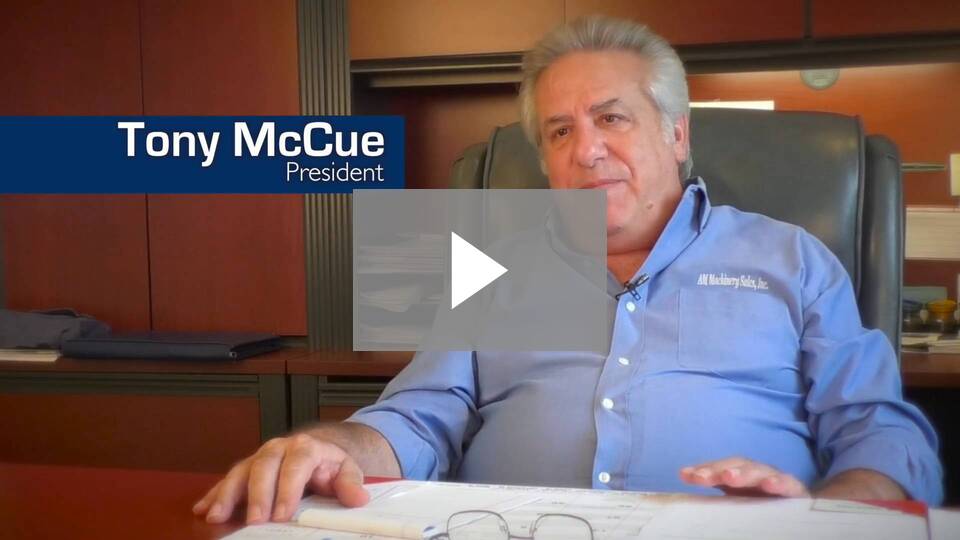One marketing pain point that appears consistent across industries is that sales teams are not very effective at closing the leads that inbound marketing generates.
In a typically sales environment, a sales person will often try to uncover three main things from a prospect:
Need, Authority & Budget.
AM Machinery Sales – Overview Video – IQnection – A Digital Marketing Agency
Once your sales team identifies and addresses these three items, they should be able to sell your solution, right? Not so fast. Many sales people are unfamiliar with a fourth crucial factor: the Gap. With a Gap-oriented sales solution, the prospect is more likely to come to the conclusion that they need your product, making it the most important part of the sales conversation.
The Gap selling process is easy to understand. In simple terms, it’s identifying and quantifying where your prospect’s business is today, and then demonstrating where it will be after you have implemented your solution. Think of a Gap sales approach as mirroring the before-and-after sales model, but instead of focusing your sales efforts on the AFTER, you sell the difference – the Gap.
AM Machinery Sales Gap Case Study
One IQnection client, AM Machinery Sales, sells machinery that goes into a manufacturing production line. This type of machine speeds up and eliminates steps in a prospect’s overall manufacturing process, specifically around the deburring and finishing of metal parts.
Many people would assume the obvious sales process would concentrate on the machine’s benefits, such as:
- How efficient it is?
- How easy it is to use?
- How durable is the machine and how long will it last?
- What kind of warranty is offered on the machine?
- What does the machine cost and how does this fit into my budget?
However, none of these questions actually help move a sale forward. When thinking of the Gap – where the company is today, versus where they will be when they implement your solution – the right information to convey is the number of units the machine can deburr each day, compared to the prospect’s current solution.
In AM Machinery’s sales process, a Gap-oriented sales person starts out by asking thoughtful questions about their prospect’s current production line capacity, learning that their prospects currently can deburr 100 units per day and they have a total production cost of $5 per unit. But the team at AM Machinery Sales knows that their machine, if installed in that prospects production line, can deburr 300 units per day. The GAP that they need to explain is that their client will receive a 200 unit per day benefit by installing their machine.
In addition, when daily production increases, the cost of producing each unit decreases. By tripling production with the new machine, the prospect can bring their per-unit cost down from $5 per unit to almost $2 per unit. Based on the amount of production estimated above, this prospect will add $300,000 of additional production over the course of a year. With a machine costing $50,000, that’s $250,000 more they are adding to their revenue in the first year alone!
Breaking Down The Gap Process
This is the simple model of the Gap sales process, but it can be applied to any number of business or marketing programs in a variety of different ways.
Simply identify current levels, and then show how your solutions increase the following:
- production volume
- customer satisfaction
- revenue
- whatever other benefits you can quantify for your prospect
Ready to take your sales team to the next level? Download a list of the 37 Best Questions to Ask During the Gap Sales Process.
{{cta(’67fa9060-2578-486e-8c20-f3047046f131′)}}











